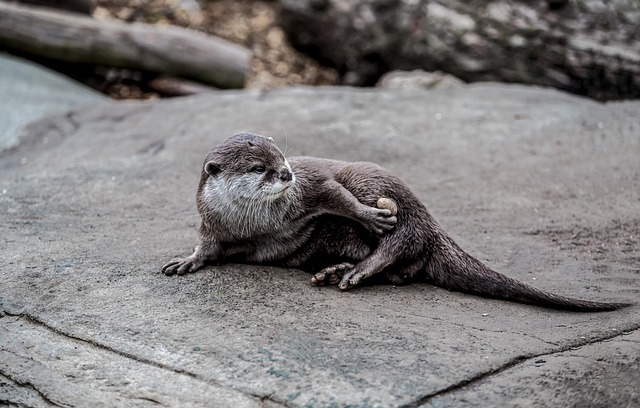
“Unraveling the Mystery of Reptile Claws: Function and Adaptations”
Unraveling the Mystery of Reptile Claws: Function and Adaptations
When we think of reptiles, our minds often conjure images of sleek lizards darting through the underbrush, ancient tortoises plodding along, or powerful crocodiles lurking beneath murky waters. Yet, one small yet significant feature often goes unnoticed: the claw. These seemingly simple appendages hold a world of fascinating function and adaptation, revealing much about the survival strategies of these incredible creatures.
The Versatility of the Reptile Claw
The reptile claw is far from just a tool for scratching an itch. These structures vary widely across species, each shaped by evolution to meet specific ecological needs. From the sharp, curved claws of arboreal geckos, enabling gripping of slick tree surfaces, to the sturdy, blunt claws of desert tortoises designed for digging extensive burrows, each type of claw tells a story of adaptation.
For predators like monitor lizards or Komodo dragons, claws serve as essential weapons and aids in capturing and holding prey. Meanwhile, for herbivorous species, claws primarily assist in locomotion and digging, allowing access to roots or shelter. The diversity in claw form and function highlights the remarkable adaptability of reptiles in their varied environments.
Claws as Survival Tools
Beyond mere mobility, reptile claws are intrinsic to their survival. Many species rely on their claws for defense against predators, enabling quick escapes or effective combat. In some lizards, claws also play a vital role in social interactions, such as territorial disputes or securing mates.
Moreover, the texture and strength of reptile claws reveal much about their habitats. Sandy-dwelling reptiles often have wide, shovel-like claws adapted for digging, while tree-dwelling species have sharper, more curved claws optimized for gripping bark and branches. In this way, the claw acts as a bridge between reptile and environment, tailored to meet the challenges of everyday life.
Evolutionary Insights into Claw Diversity
Studying reptile claws unlocks clues about evolutionary paths and ancestral lifestyles. Fossil evidence shows that early reptiles sported claws adapted to climbing, digging, or defense, hinting at their ecological roles millions of years ago. Contemporary reptiles continue this legacy, their claws refining functions that enable them to thrive.
In essence, the reptile claw is a testament to nature’s ingenuity, embodying the elegance of form meeting function. Whether silently navigating treetops, burrowing in sandy deserts, or stalking prey along riverbanks, reptiles harness their claws as vital instruments of life.
Appreciating the Subtle Marvel
Next time you observe a reptile, take a moment to notice those tiny, often overlooked claws. They are more than mere points of keratin—they’re survival tools, evolutionary milestones, and symbols of resilience. Understanding the intricate relationship between claws and reptile lifestyles enriches our appreciation of these ancient creatures and their enduring connection to the natural world.



